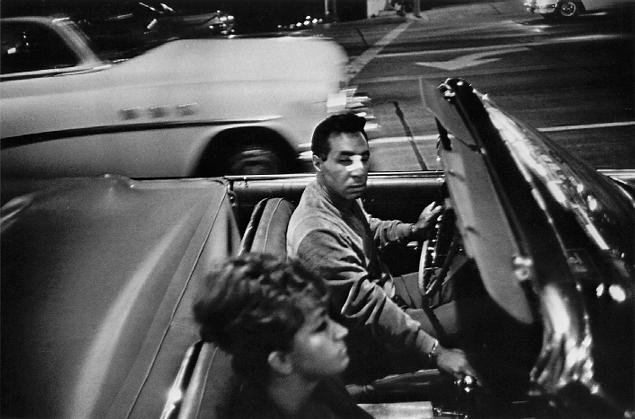
The National Gallery of Art is currently hosting, through June 8, the first retrospective in 25 years of American photographer Garry Winogrand. Upon his death in 1984, Winogrand still had 4,100 film rolls yet to be developed, leaving a great deal of his body of work unseen, and as a result many of the silver gelatin prints in this expansive exhibition are printed posthumously.
Winogrand’s photographs follow the moments of everyday American life, exhibiting a booming nation of prosperity and “coolness,” while hints of destruction linger in the foreground. He traveled the country capturing both city and suburban lives, combining hope and aspiration with anxiety and instability in mid-century America. There are visions of idealized elegant social happenings like in Metropolitan Opera, that shift to the gritty change in culture, in Los Angeles, 1964, a decade later. His images map a change in American culture between World War II and the insecurities citizens felt during the Vietnam War. Frequently Winogrand’s images emerge as faintly unconscious attempts to impersonate the glamour and sophistication of commercial photography, particularly the photographs he made during the mid-twentieth century.